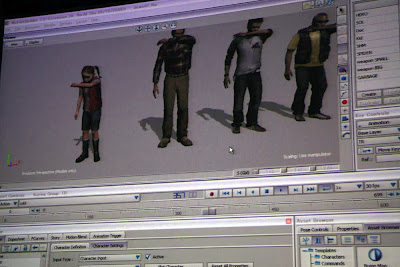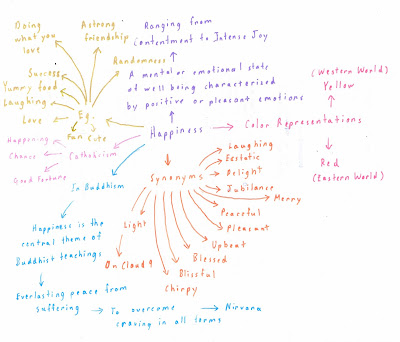We will be starting off with the Forbidden Siren series (Simple known as Siren in Japan), the obscure sister series to the Silent Hill series (And don't you worry, I will most definitely be writing about that series later on!).
The story of the first Forbidden Siren is a considerably confusing one (Though then again the second one is even more confusing...), the simplest way to summarize it is that a failed ritual drags an entire village into the other wold, it is there where a majority of its citizens are turned into Shibito (Translated as corpse people), where they are tasked (By the god whom they had attempted to carry out a ritual for) to build a nest to house their god's corporeal form once it is summoned, as well as to kill and convert any remaining survivors left in the village. The story takes place over three days and is told through the perspectives of several survivors.
Founded in 2004, the Team Siren (Now renamed Team Gravity) is conducted by acclaimed game designer and director Keiichiro Yoyama (The creator of the very first Silent Hill, and an ex-member of Team Silent). People however will perhaps know this team better for later working on the Gravity Rush series (Hence their name change).


A rather interesting technique was used for the facial animations, rather than employing traditional facial animation methods with polygonal transformation, images of real human faces were captured from eight different angles and superimposed onto the character models. This effect is similar to projecting film onto the blank face of a mannequin, a technique that was used to animated a severed head in Disney's Haunted Mansion attraction (Which is honestly pretty dang creepy if you properly imagine it…).
While they honestly do look goofy in-game (Their heads look like balloons with faces printed on them to me!), they still looked pretty amazing at the time and somehow added to the creepiness factor of the game (The random grinning faces of the shibito still gives me the jitters). But still... the facial expressions the actors and actresses pulled at times just didn't cut it for me… as a matter of fact, I ended up laughing at that far more than the horrible dubbing. You can see I am a little torn about this technique, still I can't argue that it was a creative technique to use, especially for video game animating.
Also on the bright side, it looked a lot better by the second installment.
.jpg)

It is only in Siren: Blood Curse (The re-imagining of the very first Forbidden Siren) do they decide to use more well known motion capturing techniques.


















































